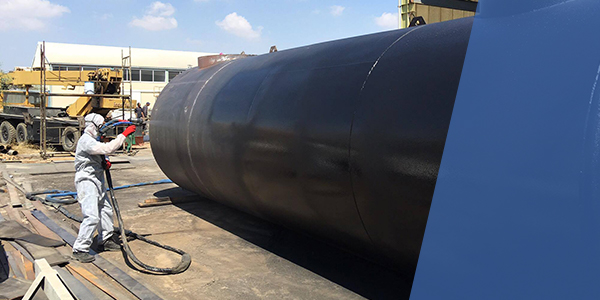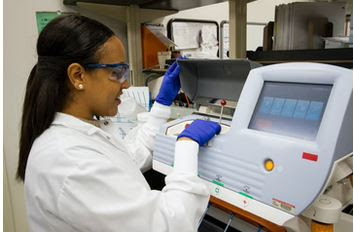How Does A Pipe Coating Service Provider Assess The Condition Of Pipelines Before Recommending A Suitable Coating Solution?
Leakage or damage of pipeline can prove to become a big issue and headache if it isn't assessed or checked out timely for assurance and its current condition. To assess and check the condition, pipe coating service providers are hired or called who are experts and will tell you about it so that you don't have to worry and so that you can make a decision according to the condition of it. People usually ask how does a pipe coating service provider assess the condition of pipelines before recommending a suitable coating solution and this blog will definitely help the one questioning it.
Different types of coating can be applied on the pipelines. The job of the external coating is to save and block the possible corrosion or damage to the pipeline. When the coating gets damaged, there are high chances that the pipeline might start leaking or the joint will break down with the period of time so it's careful assessment is required every now and then for which you can get pipe coating services if needed.

Camera inspection
One of the best modern ways to assess pipelines is by camera inspection. It is arguably the easiest way required for assessing the need for coating or not and determining the condition of the pipeline. It also checks out the age of the pipe to ensure that the person makes a good decision before it's too late. To check the condition, a waterproof camera is inserted into the pipeline that further studies the condition and the damage in pipelines or any kind of additional problems.
The camera goes through a brief inspection inside the pipeline and it provides instant footage to the technician on site so that he can add the solution if required to the pipelines. The digital equipment is very enhanced and can easily inspect 1,500 linear feet of hard to enter pipe. Once the inspection is over, the professionals view the footage and see the condition of the pipeline to inform the ones concerned with it and tell them about recommended solutions that can fix or elongate the life of the pipelines.
Laser scanning
The method of laser scanning is also pretty much like the method of camera inspection. Laser scanning can be said to be more effective in catching mistakes or damage to the pipes as it carries much more comprehensive evaluation and search that significantly helps in finding holes, cracks, or coating errors. Even after all of the benefits that laser scanning provides, it is still not implemented or used that much because it is very costly to operate and might take some time to assess the exact condition of the pipeline.
Magnetic flux leakage method
This method is widely used around the world and is known to be one of the most popular and used method to identify any kind of breakages or damage on the external or internal surface of the pipeline. By using magnetic sensitivity sensors, it enables harmless testing as the sensors will automatically detect any kind of internal or external leakage in the pipeline's surface. The detection of damages and harms is very precise and accurate as compared to other methods.
The pipe wall is magnetized and the coil is brought into use that does the job of identifying a flux leakage on the wall of the pipe. The presence of MFL alongside the sensors also assists in catching defects present in the pipeline.

Inspection of coating
The inspection of coating is yet another crucial thing that should be done to ensure longevity of the pipeline while facing no problems. Here are some methods for inspecting the coating of the pipes that are usually provided or done by professionals or experts of this field:
· The first and most basic method for checking the coating of pipeline is the visual inspection of it. Visual inspection is handy to catch different and various kinds of faults and defects such as swelling, blistering, air traps, lumps etc. All of such errors are necessary to be identified as neglecting or ignoring can make the problem even worse and can destroy the pipeline up to some extent.
· The thickness of coating is also recommended to be checked and the method for it is called non-destructive testing and it should be performed to ensure better life of the pipeline.
· Impact test is carried out on the coated pipe and 7 joules impact energy is applied. The area where the test was conducted is then rechecked by testers to see if it got cracked or not.
· Some random samples of pipes are taken and then the bond is applied on them to identify the bond strength. Coating will then be peeled at 50-65mm and then the strength of it is recorded for inspection of coating.
· Last but not least, Shore D hardness is examined for assurance and it should be higher than 55 Shore D.



Comments
Post a Comment